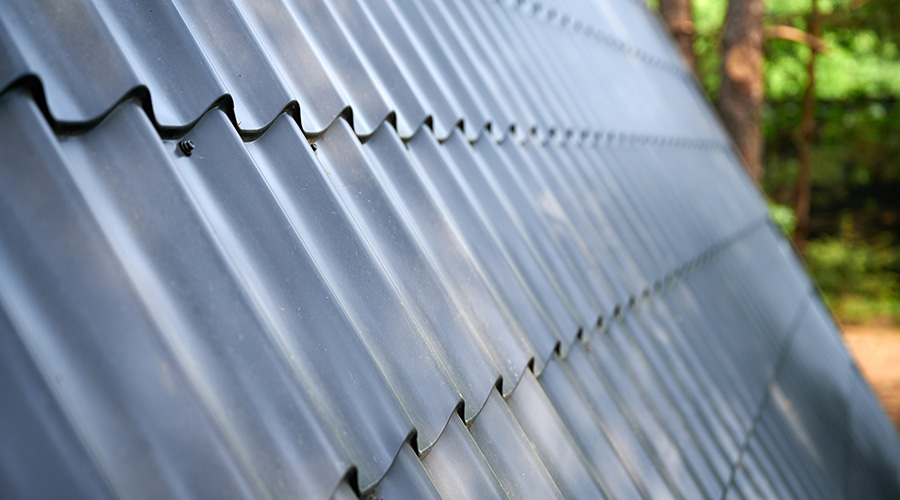Follow Key Installation Tips To Produce Roof Coating That Performs As Expected
A few installation tips are key to getting an attractive, long-lasting roof coating that performs as expected. Before applying the coating, the roof should be clean and dry; if it's metal, any rust must be removed.
Any penetrations, such as drains or pipes, should be secure and sealed, Martucci says. He also recommends completing a moisture scan before applying a coating. If the existing roof has leaked and moisture is already in the system, a coating will just trap the moisture already present.
It's also smart to check whether a primer will be needed to boost the coating's adhesion, and to prevent rusting and the bleed-through of substrate contaminants. The coating manufacturer should provide information on the need (or not) to prime.
Regardless of the recommended thickness, multiple applications — rather than a single application — generally are preferred. Trying to get by with a single coat increases the risk of pinholes and inconsistent coverage. A second application in a cross-path pattern ensures better coverage, Smith says.
The ambient temperature during installation also is important because it can influence the rate at which the coating "cures," Mellott says. During hot weather, care must be taken or the coating may form a cured layer on top — what's known as "skinning" — and trap moisture. Conversely, when it's too cold out, water-based coatings may "break." That is, the chemicals can separate to the point that they can't be blended back into a usable condition.
Whoever applies the coating should be experienced. "The applicator needs experience and training on the product to install at the right thickness," Martucci says.
It's important to also keep in mind that a new roof coating may void the existing roof manufacturer's warranty, Gayle warns. Of course, this won't be an issue if the roof already is outside its warranty term. Moreover, warranties rarely cover all the problems that can arise with roofs. Deciding whether to go ahead with a coating while a warranty remains in effect requires weighing the trade-offs.
In addition, putting a white coating on a black roof does change the design of the roof, Heinje notes. If the roofing system already has a problem with air infiltration, the coating can exacerbate this and lead to problems with condensation. Before building managers decide on the coating, they should address the defect causing the infiltration.
And, if more than about one-fifth of the roof needs repair, it's probably more cost-effective to replace it, Martucci says.
Throughout the selection and application of a roof coating, the facility manager should play a key role. To start with, he or she should assess the roof's condition and its suitability for coating, Martucci says. The facility manager also can help decide which type of coating will work best on the roof.
The facility manager should understand the coating manufacturer's warranty, Nye says. Does it cover labor and materials, or just materials? Under what conditions can it be voided? Must certified contractors apply the coating?
Finally, he or she should check the degree to which the manufacturer remains involved in the installation process, Nye says. Once the product is purchased, does the manufacturer have a representative working with contractors to make sure the job is done correctly and meets the warranty?
Addressing these questions at the outset increases the likelihood that the coating will perform as expected, for as long as expected.
Related Topics:













